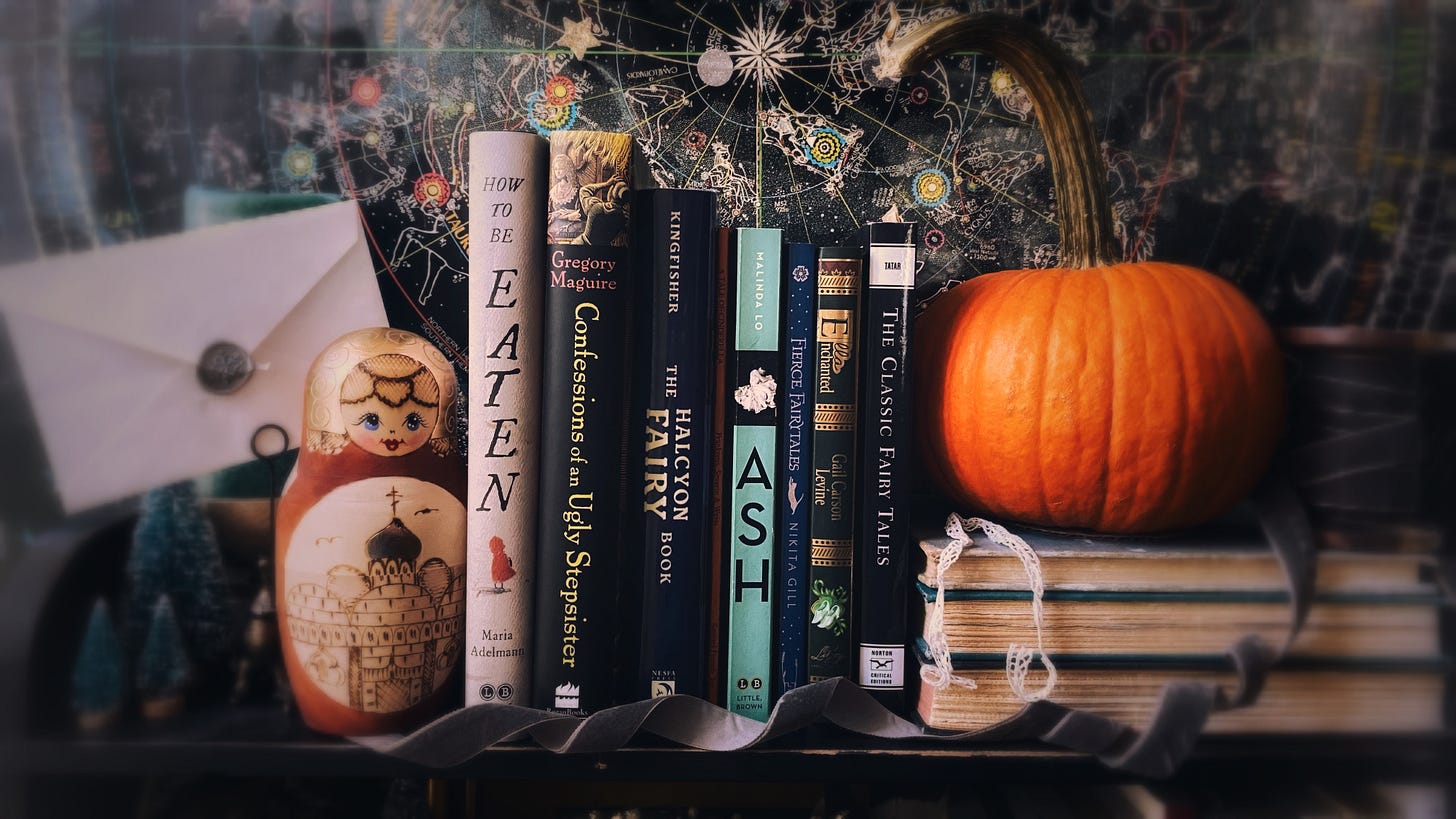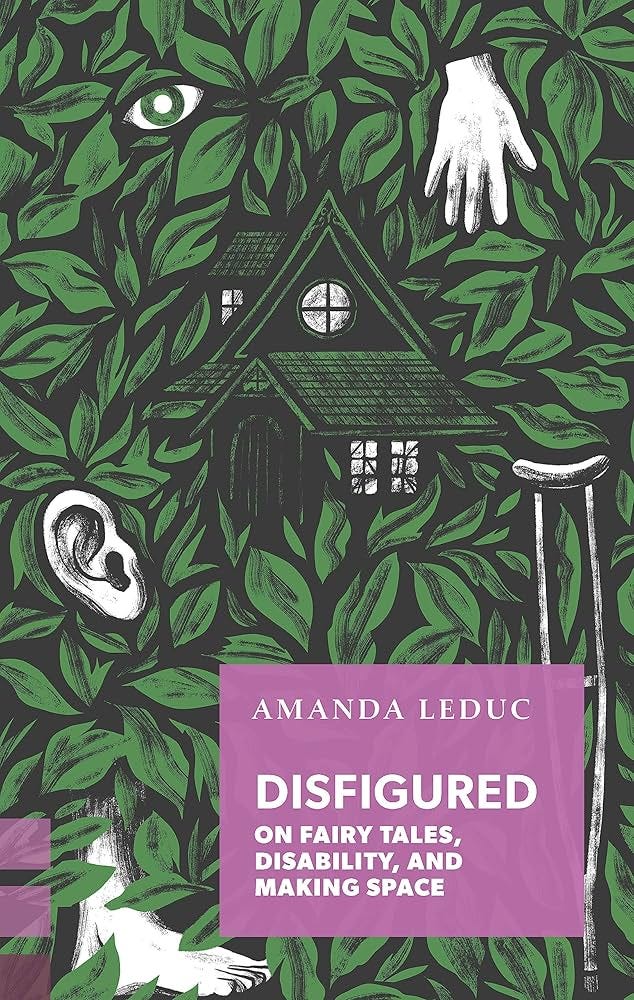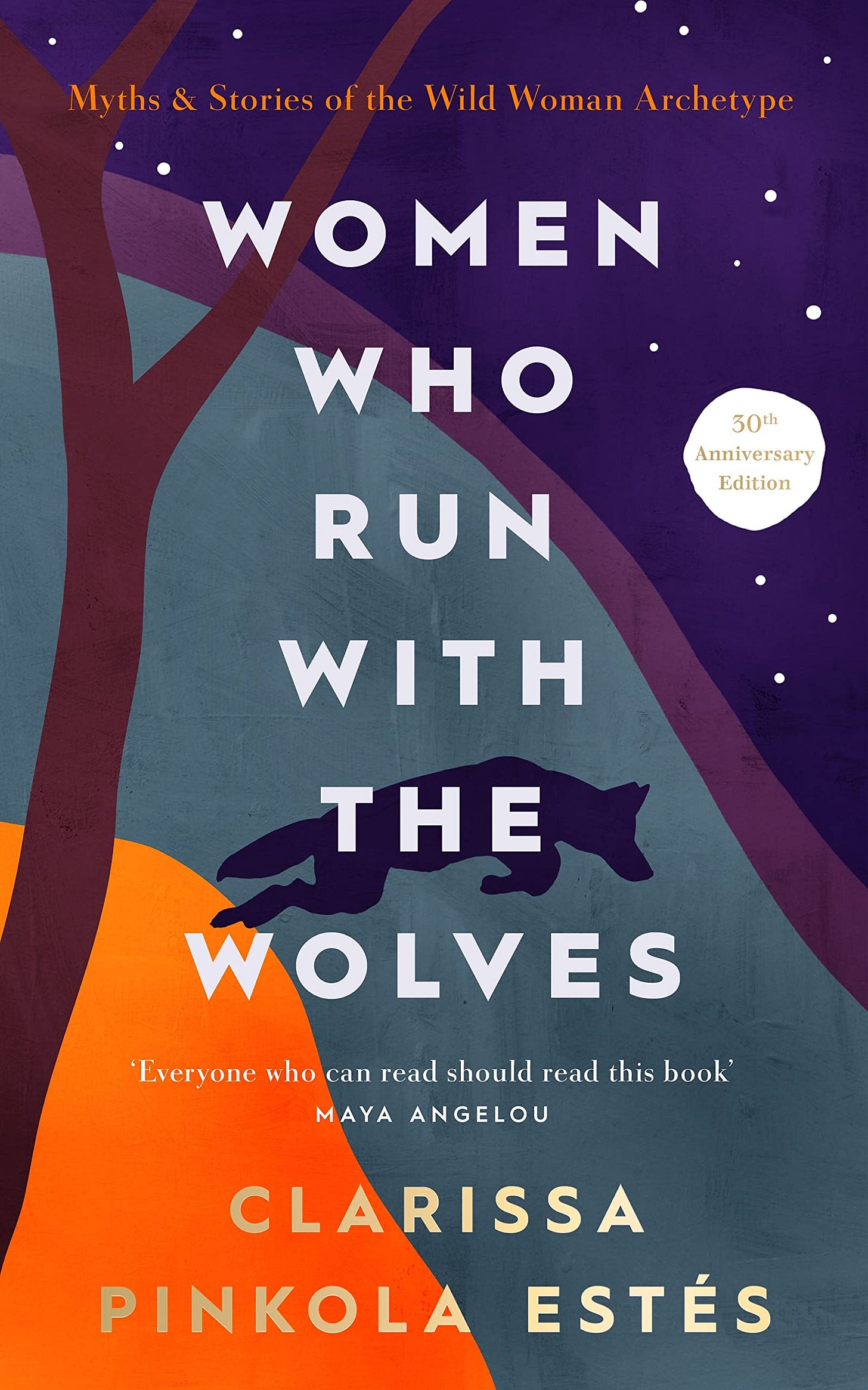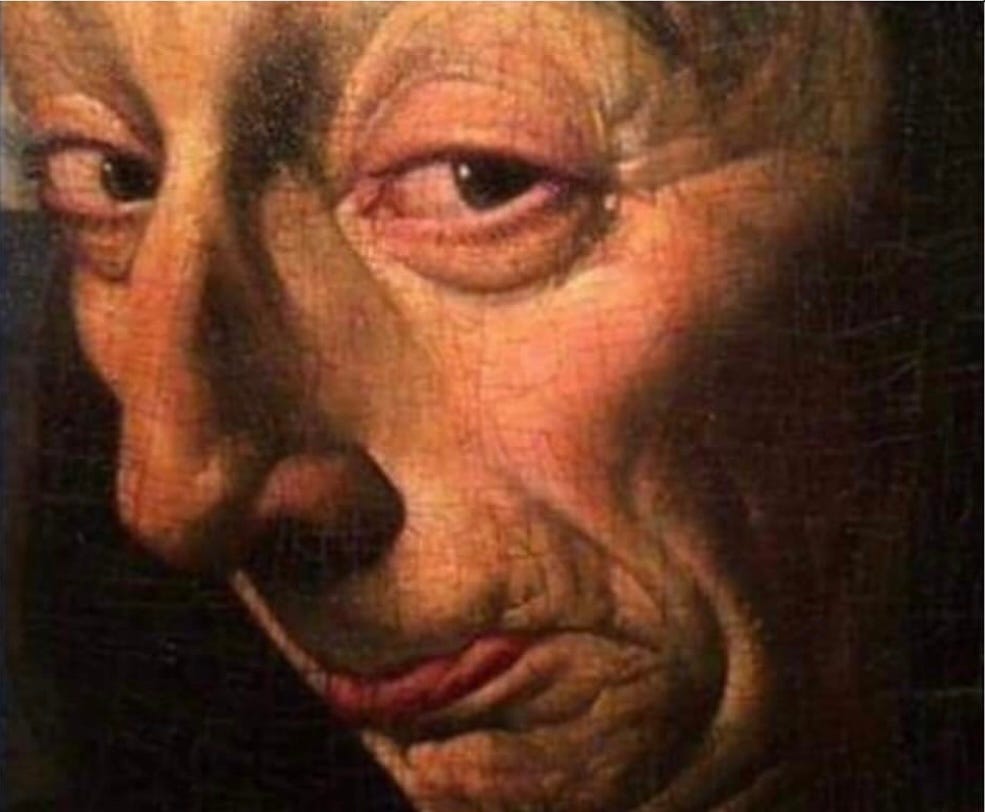"Bibbity-bobbity-BOO!" 👻🎃💫
#ReadingList: Cinderella stories & retellings—including fiction, short stories, poetry, films, theater, music, & nonfiction…
“She puts down the small hearth broom and suddenly, with a chuckle, dips her hands in the ashes. She smudges her cheeks and her forehead. “I am no beauty anymore, I’m a simple kitchen girl, a cinderlass, at home in my ashes and char.”
“Don’t do that,” says Iris, “it makes me shudder. In England we had a child’s game about flowers and ashes . . . derived from fear of the plague, and the ashes are those that we crumple into if the plague should overtake our lives. So don’t be the girl of ashes, not even in play. . . You are far too good.”
“You don’t even see that I’m merely looking after myself, as usual.” . . . is she incapable of kindness? That would make her a sort of beautiful monster. “I don’t care if you’re happy or not, not really. But if you’re gone from the house, I’m the more secure in my kitchen. The more needed, the more private. Call me Cinderling,” says Clara, standing up straighter behind her mask of ashes. “Call me Ashgirl, Cinderella, I don’t care. I am safe in the kitchen.”
— from Confessions of an Ugly Stepsister by Gregory Maguire
Cinderella is a tricky fairy tale. The Disney version is. . . such a mess that I don’t think I was ever quite able to purge it from my mind enough to be able to delve into either the original versions (of which there are quite a few!) or the various retellings without the shade of that first overly saccharine, passive heroine that I met on the screen when I was a child rearing up in the back of my mind. Such an image would be delightfully sinister if it wasn’t sooo boring. . .
In fact, I think the main thing a good Cinderella story is usually missing is a little darkness. . . it’s almost like Cinderella takes herself a bit too seriously. . .
What is driving my current revisiting of this tale, however, is my curiosity around how the tale can be filtered through a disability lens, particularly one geared around the effects of domestic & childhood trauma & abuse.
“In the lives of children, pumpkins can turn into coaches, mice and rats into human beings. When we grow up, we learn that it’s far more common for human beings to turn into rats.”
— from Confessions of an Ugly Stepsister by Gregory Maguire
Where to find the “originals”. . .
“Fairy tales, Angela Carter tells us, are not “unique one-offs,” and their narrators are neither “original” nor “godlike” nor “inspired.” To the contrary, these stories circulate in multiple versions, reconfigured by each telling to form kaleidoscopic variations with distinctly different effects. When we say the word “Cinderella,” we are referring not to a single text but to an entire array of stories with a persecuted heroine who may respond to her situation with defiance, cunning, ingenuity, self-pity, anguish, or grief.”
— Maria Tatar in the Introduction to THE CLASSIC FAIRY TALES: A Norton Critical Edition (1999)
Included in the edition quoted from above are the following tales:
[Keep in mind that any of these historical authors’ claims to original authorship, collection, translation, transcription, representation, &/or cultural origins of the tales themselves is not wholly verifiable & should be understood critically.]
“Yeh-hsien” (c. 850 CE), (also known as “Ye Xian”), written, retold, or collected by the Tang-dynasty-era Chinese poet Tuan Ch’eng-shih (aka Duan Chengshi), from Chinese (or possibly Arabic/Egyption) folklore
“Donkeyskin” (1694), written, retold, or collected by Charles Perrault, from French, Arabic, or Chinese, &c. folklore
“Cinderella (Aschenputtel)” (1812), written, retold, or collected by Jacob & Wilhelm Grimm (aka the Brothers Grimm), from German folklore
“Catskin” (1890), written, retold, or collected by Joseph Jacobs, from English folklore
“The Story of the Black Cow” (1906), collected, translated, &/or retold by Alice Elizabeth Dracott, from Himalayan folklore
“San-ko yüan-wang (Three Wishes)” (1933)
Giambattista Basile’s THE TALE OF TALES (Pentamerone) includes the “earliest European version” of the Cinderella story:
“The Cinderella Cat (La gatta Cenerentola)” (1634), “the earliest European version of one of the most beloved tales of the canon, familiar to many in later versions in which the heroine is painted as a virtuous martyr: a girl ‘whose gentleness and goodness were without parallel’ (Perrault); ‘good and pious’ (Grimm).”
“The protagonist of Basile's tale, on the other hand, is a conniving strategist; hardly helpless and even less virtuous, her final triumph results from a criminal intervention in the events of the story. She first attempts to better her lot by killing her stepmother, under the guidance of her teacher (and soon-to-be step-mother number two), and then, when her loyalty is not repaid, claws her way into an even more attractive milieu. Thus, regardless of the final moral, which states ‘those who oppose the stars are crazy’—only one of many that prove to be inaccurate fits for their tales—Basile's ‘Cinderella’ tells the story of a worldly young woman's construction of her own destiny.”
Little Red Riding Hood, Cinderella, and Other Classic Fairy Tales of Charles Perrault by Angela Carter, introduced by Jack Zipes
"Cinderella, or The Little Glass Slipper (Cendrillon)" (1697)
THE ISLAND OF HAPPINESS: Tales of Madame d’Aulnoy, introduced by Jack Zipes, illustrated by Natalie Frank
“Finette Cendron” (1698)
“Though d'Aulnoy's work now rarely appears outside of anthologies, her books were notably popular during her lifetime, and she was in fact the author who coined the term ‘fairy tales’ (contes des fées).”
THE ORIGINAL FOLK & FAIRY TALES OF THE BROTHERS GRIMM: The Complete First Edition, translated & edited by Jack Zipes
“Cinderella (Aschenputtel)” (1812)— “This tale was obtained orally from a female patient in the Elisabeth-Hospital in Marburg and written down by the wife of the
director of the hospital.”
“The Grimms note that the tale is among the most popular tales in Europe and was told everywhere. They spend a goodly amount of time discussing the different ways that Cinderella (dirty common girl) was referred to in dialect tales (Aschenpößel, Asken pel, Askenpüster, Askenböel, Askenbüek, Aschen pöselken, Sudelsödelken, and Aschenpuddel) and in High German tales (Aschenpuddel, Aschenbrödel, and Aescherling).”
“In the second part of the note, there are references to Giambattista Basile's "Cenerentola" (1634), Charles Perrault's "Cendrillon" (1697), and Madame d'Aulnoy's "Finette Cendron" (1698), as well as Polish and Slavic versions. Clearly, the Grimm were familiar with numerous versions that influenced the changes that they made in their tale over the years.”
T Kingfisher’s THE HALCYON FAIRY BOOK includes her annotated versions of these Cinderella tale variants:
“The Wonderful Birch”, a Russian version of the Cinderella story collected & translated into English in Andrew Lang’s Red Fairy Book (1890)
“Little Saddleslut”, a Greek version from Folk-Lore of Modern Greece by Edmund Martin Geldart (1884)
“Conkiajgharuna, the Little Rag Girl”, a Georgian version from Georgian Folk Tales by Marjory Wardrop (1894)
Pook Press’s History of Cinderella & their book CINDERELLA And Other Girls Who Lost Their Slippers (part of their Origins of Fairy Tales from Around the World) are also excellent resources.
Retellings:
Novels:
Ashlee’s storyline in HOW TO BE EATEN by Maria Adelmann (2022) ★ ★ ★ ★ ★
contemporary literary speculative fiction—this one features many different fairy tale stories as all the main characters are reimaginings of common fairy tale main characters (Cinderella, the Miller’s Daughter, Gretel, Little Red Riding Hood, etc.) & each of them tells their own story throughout the book.
CINDERELLA IS DEAD by Kalynn Bayron (2020) Read more here.
YA sapphic fantasy
ASH by Malinda Lo (2009) ★ ★ ★ ★
YA sapphic romantasy—a foundational, classic work of queer fantasy
my fan-casting for Ash was Kirsten Stewart & for the Princess was Tessa Thompson icywtk…
THE FAIRY GODMOTHER by Mercedes Lackey (2004–but apparently it’s out of print!?) Read more here.
adult romantasy retelling—I love the sound of this one because it sounds like Cinderella’s happily ever after is thwarted somehow & her new fate is to become her fairy godmother’s apprentice! It is 487 pages so. . . I’ll be excited to get cozy with this one in the winter.
BOUND by Donna Jo Napoli (2004) Read more here.
YA retelling—this one is set in ancient China & is actually a retelling of one of the oldest known variants of Cinderella written in the 9th c. CE by author & poet Duan Chengshi. . .
CONFESSIONS OF AN UGLY STEPSISTER by Gregory Maguire (1999) ★ ★ ★ ★ ★
adult literary historical fiction—less fantasy more gothic / dark whimsy, set in the Dutch Golden Age.
ELLA ENCHANTED by Gail Carson Levine (1997) ★ ★ ★ ★ ★
middle-grade/YA fantasy—this was actually the first fairy tale retelling I ever read! when I was 9 years old. . . I reread it recently & loved it just as much.
“I refused to become a princess but adopted the titles of Court Linguist and Cook's Helper. I also refused to stay at home when Char traveled, and learned every language and dialect that came our way. When we left the children behind, my magic book kept us informed of their doings.
Decisions were a delight after the curse. I loved having the power to say yes or no, and refusing anything was a special pleasure. My contrariness kept Char laughing, and his goodness kept me in love.
And so, with laughter and love, we lived happily ever after.”
— from Ella Enchanted
Short stories:
“Crystal Y Ceniza,” by Anna-Marie McLemore in A UNIVERSE OF WISHES (2020) ★ ★ ★ ★ ★
“Ash, Wood, Fire,” in HARROWING THE DRAGON, by Patricia McKillip (2005) ★ ★ ★ ★ .75
Poetry:
FIERCE FAIRY TALES: Poems and Stories to Stir Your Soul, by Nikita Gill (2018) Read more here.
Nonfiction, essays, & memoirs:
DISFIGURED: On Fairy Tales, Disability, & Making Space, by Amanda Leduc (2020) ★ ★ ★ ★ ★
memoir (nonfiction: health & sociology) essays; single-author collection—“an enlightening read that will resonate deeply with readers who are passionate about disability rights, sociology, and the power of storytelling, and are eager to explore the ways in which fairy tales can be reimagined to celebrate and empower individuals with disabilities.” — storygraph
WOMEN WHO RUN WITH THE WOLVES by Clarissa Pinkola Estés (1992) ★ ★ ★ ★ ★
nonfiction (feminism, psychology) essays; single-author collection—“In Women Who Run with the Wolves, Dr. Clarissa Pinkola Estés unfolds rich intercultural myths, fairy tales, folk tales, & stories, many from her own traditions, in order to help women reconnect with the fierce, healthy, visionary attributes of this instinctual nature. Through the stories & commentaries in this remarkable book, we retrieve, examine, love, & understand the Wild Woman, & hold her against our deep psyches as one who is both magic and medicine.” — publisher
Theater:
A TALE OF CINDERELLA, a musical, by WA Frankonis (1994) ★ ★ ★ ★
Films:
Into the Woods (2014)
this musical is totally unhinged, the vocals are amazing, Anna Kendrick plays Cinderella, & the Princes’ song is 🤌🏻. I love it.
Ella Enchanted (2004)
with Anne Hathaway as Ella. (See my review for the book linked here.)
Confessions of an Ugly Stepsister (2002)
I haven’t watched this one yet because I loved the book so much that I’m really worried they didn’t adapt it “properly”. Maguire was a writer on this movie though so I’ll probably risk it. . . one day. . . (See my review for the book here.)
Ever After (1998)
Ok this movie is actually one of the best movies ever made / stories ever told & I don’t even really think about it in terms of it being a Cinderella retelling, even though it explicitly is, because it just feels like it is its own thing & I think it deserves to stand apart in more rarefied air. . . God I love this movie so much.
Danielle: A bird may love a fish, signore, but where will they live?
Leonardo da Vinci: Then I shall have to make you wings.
Shrek (2001) & Shrek the Third (2007)
In Shrek, Cinderella is one of the “bachelorettes” from whom Lord Farquad chooses the bride that will make him a legitimate king & she is described as being a “mentally abused shut-in” who “likes sushi & hot-tubbing” & to be fair that is the most a description of Cinderella has ever spoken to me.
In Shrek the Third Cinderella is one of Fiona’s friends who is a bit simple, but kind, cheerful, & clearly still carrying the scars of her years of abuse at the hands of her evil stepmother.
Shrek was an extremely formative example of a subversive take on fairy tales for me when I was younger (I think I was about 12 or 13 when I first saw it & I still watch it regularly), & there is so much about how it handles all kinds of different fairy tale character archetypes, creatures, themes, & tropes that is just, *mwah.*
Rogers & Hammerstein’s Cinderella (the 1965 version with Lesley Ann Warren, & the 1997 version with Brandy)
The 90’s one is technically superior (& WHY isn’t the album on spotifyy??) but I grew up with the 60’s one because we had a copy of it recorded on VHS off of an airing of it on the TV, & it’s hysterical & a bit unhinged but it’s also kind of precious in all its 1960’s minimalist set, “low-budget,” under-acted feeling vibes—& Lesley Ann Warren is cute as a button in it lol. . .
Pretty in Pink (1986)
file this one under “movies that you didn’t know were retellings of classic stories” right next to Clueless (a retelling of Jane Austen’s Emma icywtk).
Cinderella (1977)
Even more unhinged-sounding & also on my TBW list. Billed as an “erotic romantic comedy”, “Cinderella traces the misadventures of our heroine, who, via the help of her "fairy" godmother, is granted heightened sexual prowess to win over Prince Charming.”
Donkeyskin (1970), en français s’appelle Peau D’ane
The greedypeasant on Instagram/TikTok screened this for their Patreons & it is also also phenomenally unhinged & also very beautiful.
Music:
I will say that these retellings & adaptations have done a lot towards making me think a bit more fondly of the Cinderella fairy tale. Really just wish I could expunge the 1950 Disney version from my brain though. Except some of the songs. “Sing Sweet Nightingale” & “So This Is Love” are total bops, tbf.
“Her name was Danielle de Barbarac. . . And this, was her glass slipper. Perhaps you will allow me to set the record straight?”
“Then it's true, the story?”
“Yes. Quite. Now then, what is that phrase you use? Oh, yes. Once upon a time, there lived a young girl who loved her father very much. . .”
— from Ever After








